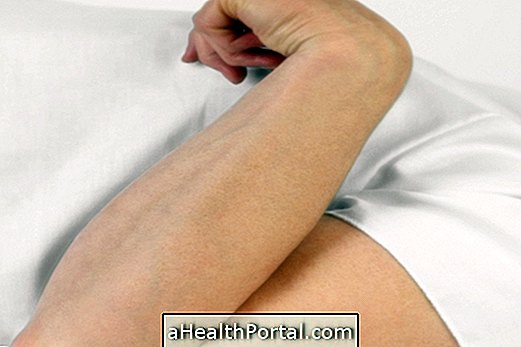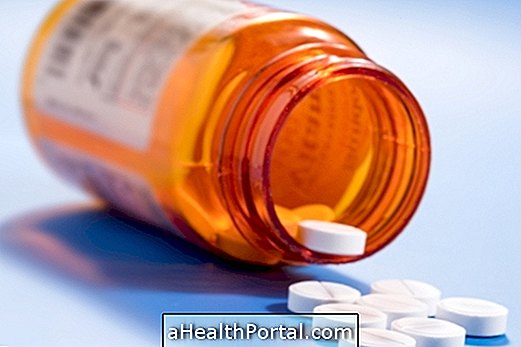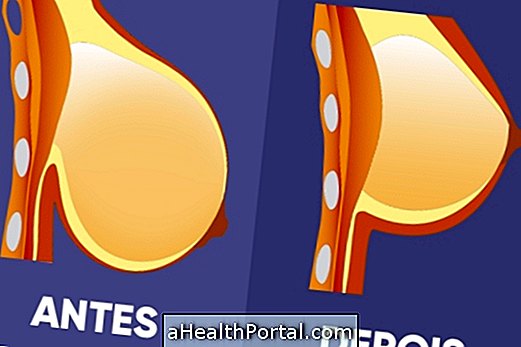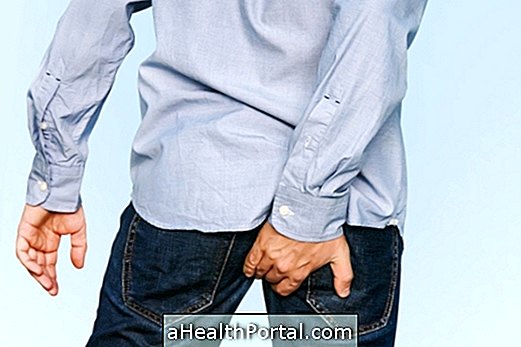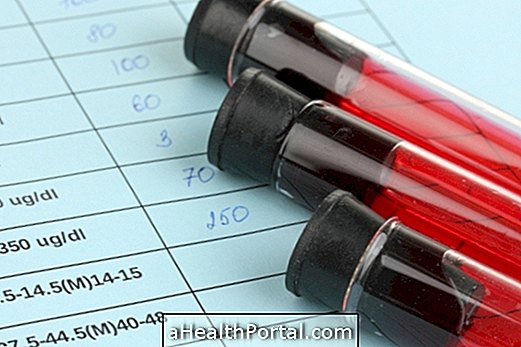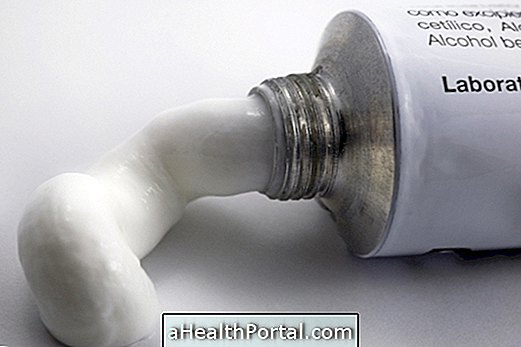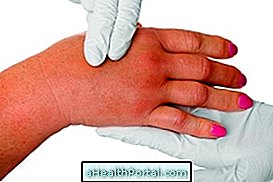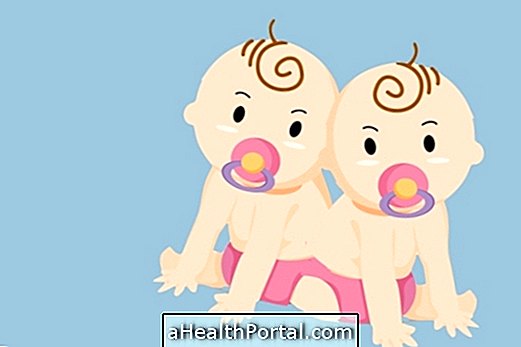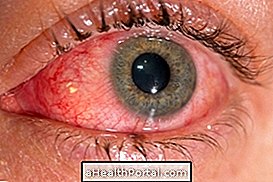The treatment for Behçet's Disease varies according to the degree of intensity of the symptoms and therefore, each case should be assessed individually by a physician.
Thus, when symptoms are mild, medications are usually used to alleviate each type of symptom and ameliorate the discomfort caused, but if the symptoms are too severe the doctor may recommend medications to prevent the development of new seizures.
Understand the most common symptoms during the seizures of this rare disease.
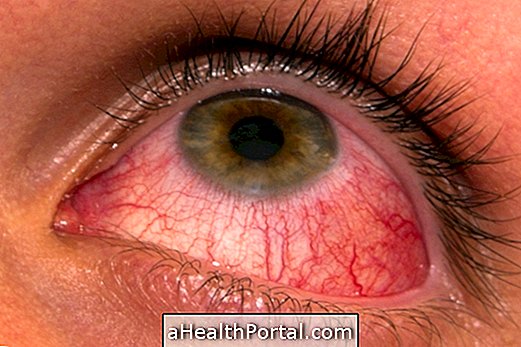
Remedies used to relieve symptoms
During illness crises, they can use medicines to relieve the main symptoms, such as:
- Wounds on the skin and genitals: Steroids in the form of cream or ointment are used to relieve inflammation and facilitate healing;
- Wound in the mouth: special rinses with anti-inflammatory substances that relieve the pain are recommended;
- Blurred vision and red eyes: Ophthalmic drops with corticosteroids are recommended to reduce redness and pain.
If your symptoms do not improve with the use of these medicines your doctor may advise you to use Colchicine, a medicine in the form of tablets that reduces inflammation throughout the body and may even help treat joint pain.
Remedies to prevent new crises
In the more severe cases of the disease, where the symptoms are very intense and cause a lot of discomfort, the doctor may choose to use more aggressive medications that help prevent further seizures. The most used are:
- Corticosteroids, like Prednisone: greatly reduce the inflammatory process throughout the body, helping to control the symptoms. They are usually prescribed with immunosuppressants to improve the outcome;
- Immunosuppressive drugs, such as Azathioprine or Cyclosporine: decrease the immune system's response, preventing it from triggering the common inflammation of the disease. However, as they lower the immune system, they increase the chances of having recurrent infections;
- Remedies that alter the response of the immune system : regulate the ability of the immune system to control inflammation and, therefore, have a similar function as immunosuppressants.
These medicines should only be used under medical advice because they have more serious side effects such as frequent headaches, skin problems and recurrent infections.
Signs of improvement
Symptoms of seizures usually improve within 3 to 5 days after ingestion of medications. When symptoms subside, the medications used should be discontinued to avoid prolonged effects of use, and should only be used again in another crisis. Drugs to prevent seizures should be taken as directed by your doctor.
Signs of worsening
These types of signs are more common when the treatment is not done properly and usually include increased pain and the onset of new symptoms. So if you are taking the treatment, it is recommended to go to the doctor if the symptoms do not improve after 5 days.
